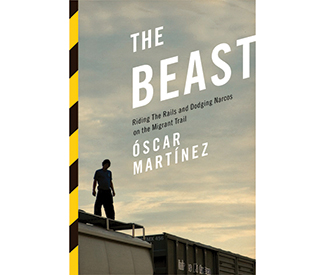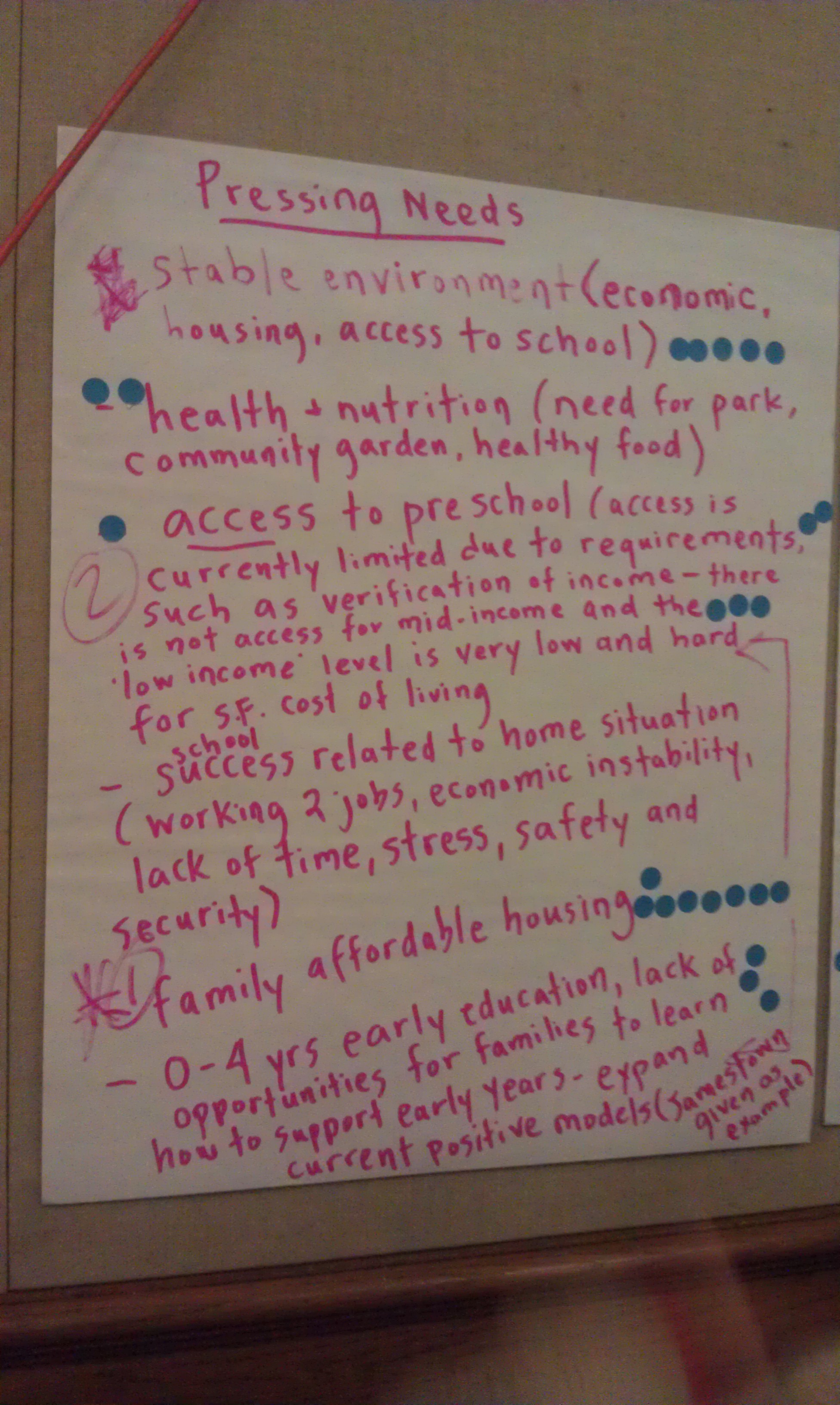rebecca@sfbg.com
A San Francisco public health official, who’s earned national recognition in his field for launching progressive environmental health initiatives, announced his resignation in late December under bizarre circumstances.
Dr. Rajiv Bhatia, who served as director of environmental health, left his employer of 17 years after being subjected to a months-long internal investigation he described as baseless.
Once the Department of Public Health concluded its inquiry, Bhatia faced no charges of misconduct. He resigned after securing a settlement agreement, under which the city paid him $155,000.
In an open letter circulated to colleagues and reporters, Bhatia announced he was leaving and commented on an internal cultural shift he said had impeded his work, which examined the health consequences of air pollution, poor housing conditions, low-wage employment, and disparities in life expectancy by neighborhood, among other things.
“Unfortunately, changes in the Department’s organization and culture no longer support my pursuit of vigorous and community-oriented public health regulation and advocacy,” Bhatia wrote.
“I understand that the new leadership may not share my broad vision of environmental public health,” he went on, referencing a 2010 leadership transition in which Director Barbara Garcia took the reins from former department chief Mitch Katz. “Yet, it is deeply disconcerting that they chose to subject me to an aggressive and public investigation into groundless allegations.”
Colleen Chawla, deputy director of the health department, said she was prevented from commenting on Bhatia’s resignation or statement, because the issue constituted a personnel matter.
Bhatia spearheaded a series of innovative programs that went beyond the scope of conventional public health practices.
“Rajiv was doing pioneering work,” said Larry Adelman, co-director of documentary filmmaking company California Newsreel and producer of “Unnatural Causes,” a four-part PBS series on health inequity.
“He was concerned with closing the growing gap between health outcomes,” Adelman said, noting that the poor have a lower life expectancy on average than those with higher incomes. “I know other public health departments were looking to his work and trying to learn from him.”
Bob Prentice, who served as DPH deputy director until 1999, sounded a similar note, saying Bhatia’s environmental health work was based on the idea that “fundamental inequalities in life produce inequities in health.”
Bhatia’s departure is only the latest in a series of resignations submitted over the last year or so, causing some to question whether Garcia’s philosophy or management style triggered the departure of more than a half-dozen high-ranking health department staff members.
“Is this about a management culture that wants to suppress the kinds of things Rajiv has represented?” Prentice wondered.
The environmental health director first learned he was under investigation in June, when he returned after a vacation only to learn he’d been locked out of his office.
“They finished doing their investigation in August,” Bhatia explained in a recent phone interview. “I was removed from all roles. They refused to allow me to go back to my work.”
Instead, he says he was directed to work on “trivial special assignments” that had little to do with the goals of the Program on Health Equity and Sustainability, which he’d created.
Bhatia says he still has not been told exactly what city officials hoped to find when they initially placed him under investigation, or what the allegation was. But based on the questions they asked him, “it appears what they were investigating was a program … initiated by a mayor’s executive directive,” he said, referencing a food policy directive initiated under former Mayor Gavin Newsom.
Sources familiar with the situation told the Guardian the investigation started with a whistleblower complaint filed against Bhatia, which led department officials to try and determine whether there was a conflict of interest associated with his role as a nonprofit board director.
But Bhatia reacted strongly to this allegation, which was also alluded to in a San Francisco Chronicle article. “It’s just not true,” he said. “I’m not on the board of any nonprofit that receives any money from the city.”
Some high-ranking health department officials do work with nonprofit organizations that deal closely with the city. As the Bay Guardian previously reported (“Friends in the Shadows,” Oct. 8, 2013), Chawla is a board member of the San Francisco Public Health Foundation, which raises funds for DPH and functions as a city contractor. Sue Currin and Roland Pickens, CEO and COO of San Francisco General Hospital, respectively, serve on the board of the San Francisco General Hospital Foundation. The vast majority of private donations to the city’s safety-net hospital are collected through that nonprofit entity.
Bhatia sits on the board of Human Impact Partners, an Oakland-based nonprofit with 11 staff members dedicated to tackling health equity issues. “I was pretty careful to draw the line,” he said of that role.
“I think the real question is, for me, what facts did the city use to justify their actions? It seems arbitrary,” Bhatia said. “As far as I know, all of the work I was doing was part of the mayor’s agenda. This came out of nowhere, and it apparently has no basis.”
Last October, a group of his professional colleagues wrote to the health department to voice concern that his removal would cause key environmental health programs to fall by the wayside.
Among the initiatives he was moving forward was a Community Air Pollution Risk Reduction plan, which sought to establish new policies for alleviating respiratory problems associated with air pollution hotspots. Since concentrated air pollution occurs within some of the city’s priority residential development areas, that new set of proposed regulations would apply to new and existing real-estate development projects.
“The City began drafting the [risk reduction plan] in 2010 and was to have adopted a plan by 2012,” supporters wrote in an Oct. 1 letter. “We are puzzled by a recent City presentation on the timeline for the CRRP, which suggested that a plan was not yet drafted.”
Chawla said the plan continues to move forward. She also acknowledged that, in general, Bhatia “has really brought a lot of great ideas and work to the health department, and that is something I value and anticipate will continue.”
The air pollution risk reduction plan wasn’t the only place where Bhatia’s work overlapped with development and housing issues. Adelman described how Bhatia had conducted a health impact assessment, a formal study to determine the health outcome of a policy decision, on the potential health benefits of requiring developers to build onsite affordable housing units as part of new construction projects.
He was also engaged in an effort to improve the environmental health division’s code enforcement against housing hazards, such as mold and pests, and pushed for an open data initiative to make housing inspection records publicly available.
“We don’t really want to believe this is happening,” Paloma Pavel, president of Earth House Center and cofounder of Breakthrough Communities, said of the investigation against Bhatia and his subsequent departure. Patel and cofounder Carl Anthony, both former directors of the Ford Foundation, authored a book and created a nonprofit dedicated to advancing environmental justice and regional health equity.
“It’s a terrific loss for our region’s environmental health,” she said of Bhatia’s departure.










